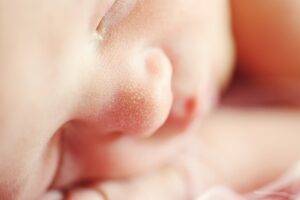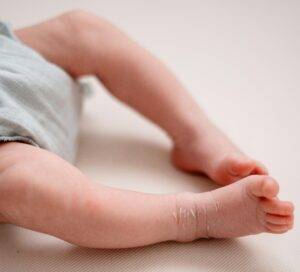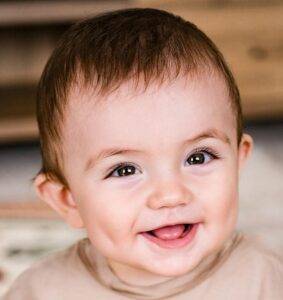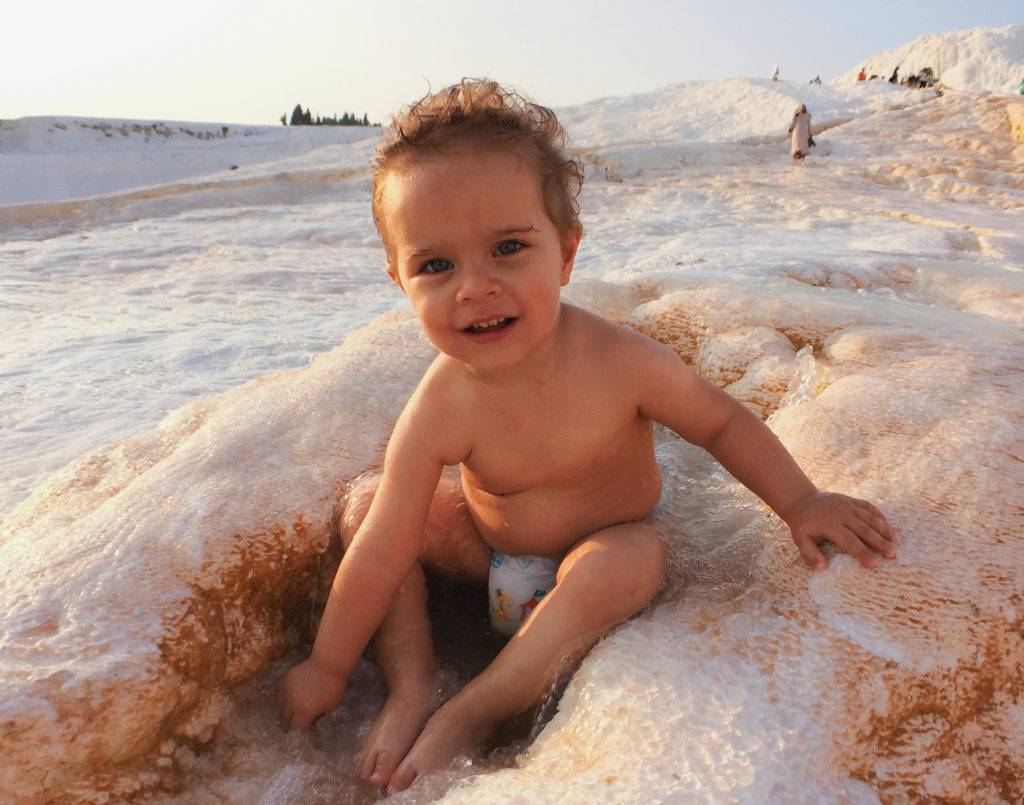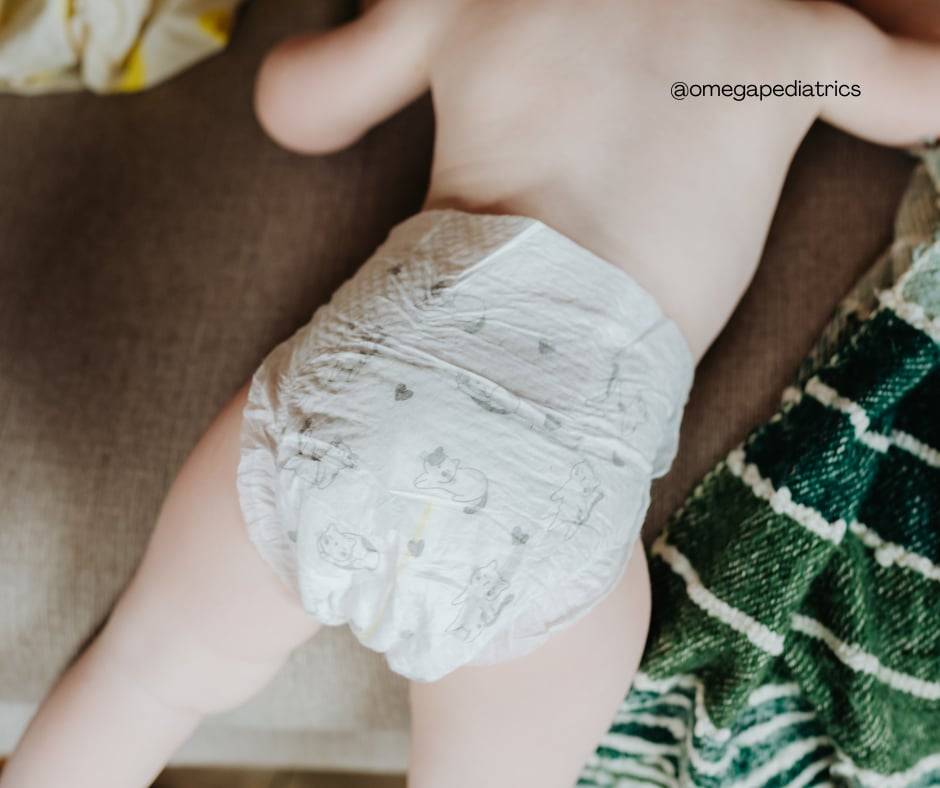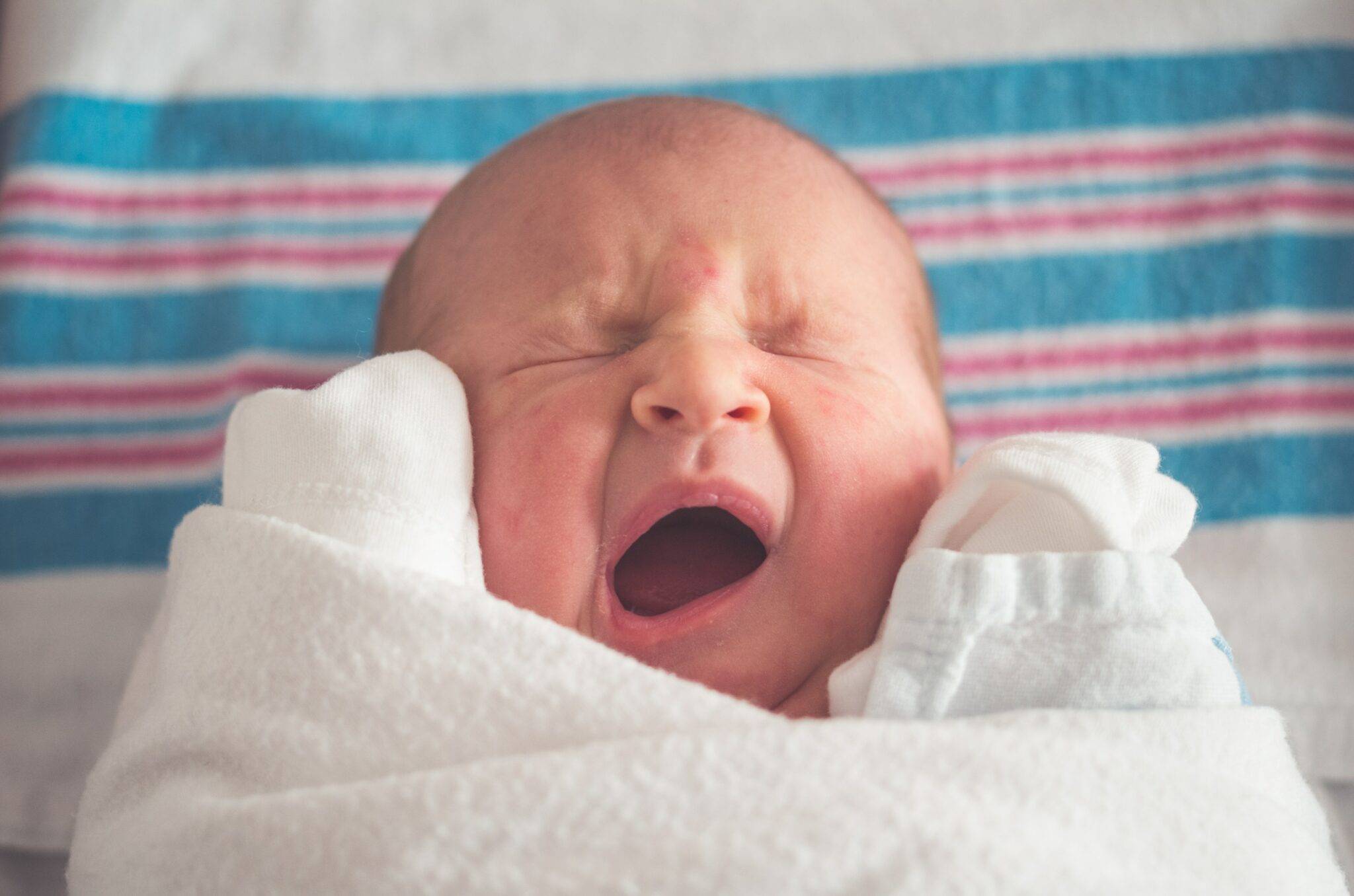When your newborn arrives, their soft, delicate skin is one of the first things you look into closely. But what if you notice your newborn baby with freckles or spots on their skin? Many parents don’t expect to see any marks or freckles, raising questions and concerns. Are freckles normal for newborns? Should you be concerned?
How do you care for a baby’s sensitive skin, especially if spots or freckles are present? This blog will dive into everything you need to know about baby skin, freckles, and common skin conditions in newborns. Understanding your newborn’s skin health and recognizing when to seek medical advice is essential for keeping your baby’s skin healthy and protected. This blog post aims to give you a clearer understanding of your newborn baby with freckles.
What Are Freckles?
Freckles, medically referred to as “ephelides,” are small, flat spots on the skin that appear brown, red, or tan. These spots result from increased melanin production, the pigment responsible for giving our skin its color. Freckles usually appear on skin areas exposed to sunlight, making them common among older children and adults who spend time outdoors.
Freckles are also often seen in individuals with lighter skin tones, though these can occur in all skin types. These tiny spots are harmless and don’t pose health risks, but since these are linked to sun exposure, their appearance signals a need for better sun protection.
Newborn Baby with Freckles: Can This Happen?
Since freckles form due to sun exposure, it’s uncommon to see them in babies who haven’t spent much time in the sun. Typically, freckles develop after repeated sun exposure, stimulating melanin production in the skin. Since most newborns have had very little, if any, sun exposure, freckles are not common in this age group. Despite this, some parents mistake spots or marks on their baby’s skin for freckles, so understanding the various skin conditions common in newborns is important.
Can Newborns Be Born with Freckles?
Your newborn baby with freckles? Newborns are unlikely to have true freckles at birth. But somehow, if you notice what looks like freckles on your newborn’s skin, it’s worth emphasizing that these skin markings aren’t freckles at all. Newborns have a variety of birthmarks, spots, or skin conditions that resemble freckles. Understanding newborn skin health is necessary to ensure proper care and attention to your baby’s skin.
Newborn Baby with Freckles: Skin Spots That Look Like Freckles
Here are some of the most common types of skin markings in newborns that could be mistaken for freckles:
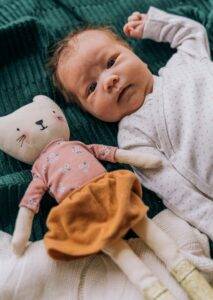
- Milia: These are small, white, or yellowish bumps on the face, especially around the nose, chin, and cheeks. These are extremely common in newborns, caused by tiny pockets of trapped skin cells. These usually clear up within a few weeks and don’t require treatment.
- Mongolian Spots: These bluish or gray skin patches appear at the lower back or buttocks, particularly in babies with darker skin tones. These are harmless and fade away as the child grows.
- Café-au-lait Spots: These are light brown birthmarks that resemble large freckles. These are typically harmless but vary in size and number. If your baby has multiple large café-au-lait spots, your pediatrician may investigate further, as these are sometimes associated with certain medical conditions.
If you’re unsure whether the spots on your newborn’s skin are freckles or something else, consult with your pediatrician. Your doctor identifies the markings and determines whether any treatment or monitoring is necessary.
Common Newborn Skin Conditions
Freckles aside, it’s normal for newborns to have varied skin conditions, many of which are harmless and temporary. Here are some common types:
- Erythema Toxicum: A common rash that affects many newborns, usually within the first week of life. The rash appears as red patches or blotches with small white or yellow bumps in the center. Although it may look alarming, erythema toxicum is harmless and doesn’t require treatment. The rash typically resolves within a few days to a week.
- Neonatal Acne: A form of baby acne, also known as neonatal acne. This condition appears as small red or white bumps on the face, particularly on the cheeks, forehead, and nose. Neonatal acne is believed to be caused by the transfer of maternal hormones to the baby during pregnancy and clears up without treatment within a few weeks to months.
- Cradle Cap: Also called seborrheic dermatitis, it appears as yellowish, greasy, scaly patches on the baby’s scalp and sometimes on other areas like the eyebrows or behind the ears. Cradle cap is not harmful and doesn’t cause discomfort. You can gently wash your baby’s scalp with mild baby shampoo and use a soft brush to help remove the scales.

- Dry Skin: It’s common for newborns to have dry or peeling skin, especially in the first few days or weeks after birth. This is a skin reaction while adjusting to the external elements after spending many months in the womb surrounded by amniotic fluid. In most cases, the dry skin resolves, but you can apply a gentle, fragrance-free moisturizer to keep it soft and hydrated.
- Diaper Rash: This is a frequent concern for parents, as it causes discomfort. It occurs when the skin in the diaper area becomes irritated from moisture, friction, or prolonged contact with urine or stool. To prevent such, frequent diaper changes are needed to maintain the skin area clean and dry. Applying a diaper rash cream with zinc oxide protects the skin and prevents irritation.
How to Care for Your Newborn’s Skin
Your baby’s skin is incredibly delicate, and proper care is essential to keep it healthy and protected. Whether your newborn has freckles, birthmarks, or other skin conditions, these tips will help you provide the best care for your baby’s sensitive skin.
1. Keep Your Baby Out of Direct Sunlight
Since newborn skin is sensitive, avoid direct sun exposure, especially during the first few months. Even short periods of sun exposure cause sunburn or irritation. If you need to take your baby outside, ensure they’re covered with lightweight clothing, a wide-brimmed hat, and a stroller shade. Since sunscreen isn’t recommended for babies under 6 months, physical barriers like clothing and shade are the best ways to protect their skin.
2. Use Gentle, Fragrance-Free Products
When choosing skincare products for your baby, use mild, fragrance-free options. Many baby soaps, shampoos, and lotions contain unnecessary chemicals or fragrances that can irritate delicate skin. Opt for products specifically designed for newborns and always test a small amount on your baby’s skin before applying it more widely.
3. Avoid OverBathing
Newborns don’t need to be bathed every day. Overbathing dries out their skin and strips it of its natural oils. Bathing your baby 2-3 times a week is sufficient. On the days in between, you can clean your baby’s face, hands, and diaper area with a soft, damp cloth. Always pat your baby’s skin dry after washing to avoid irritation.
4. Moisturize Regularly
After bathing, apply a gentle, hypoallergenic moisturizer to keep your baby’s skin hydrated and soft. This is especially important if your baby has dry or peeling skin, as moisturizing can help soothe and protect their skin. Avoid using lotions or creams with strong fragrances, as they can irritate your baby’s sensitive skin.
5. Be Mindful of Diaper Changes
To prevent diaper rash, change your baby’s diaper frequently and ensure that their skin is clean and dry before putting on a new diaper. If your baby develops a diaper rash, apply a thick layer of diaper cream with zinc oxide to create a barrier between the skin and moisture. Also, have some diaper-free time to let the skin air out and heal.
When to See a Pediatrician
While most newborn skin conditions, including freckles and birthmarks, are harmless and resolve on their own, there are times when you should seek medical advice. Here are some situations where it’s important to consult with your pediatrician:
- Unusual Birthmarks or Spots: If your baby has a large birthmark, irregular shape, or changes in appearance over time, have it checked by a pediatrician. Some birthmarks require monitoring or treatment, depending on their size, location, or potential to cause problems as your child grows.
- Sudden Changes in Skin Appearance: Any sudden changes in your baby’s skin, such as new spots, rashes, or discoloration, should be evaluated by a healthcare provider. Although freckles are harmless, a sudden appearance or pigmented spots in a newborn without sun exposure could indicate an underlying skin condition.
- Persistent or Severe Rashes: Your baby develops a rash that doesn’t fade after a few days or causes discomfort. Some rashes, like diaper rash or eczema, may require treatment to prevent infection or soothe irritation. If there are accompanying symptoms such as fever, seek medical attention promptly.
Long-Term Skin Protection for Your Baby
Although newborn baby with freckles are rare, they can develop later in childhood, especially if your child spends time in the sun without proper protection. To keep your baby’s skin healthy and reduce the risk of freckles and sun damage as they grow, follow these tips:
- Use Sunscreen: Once your baby is older than 6 months, you can start broad-spectrum sunscreen with at least SPF 30 on exposed skin. Apply generously and reapply every two hours or after swimming.
- Wear Sun-Protective Clothing: Dress your baby in lightweight, long-sleeved shirts, pants, and a wide-brimmed hat to shield their skin from harmful UV rays. Many brands offer clothing with built-in sun protection (UPF), which adds an extra layer of defense.
- Limit Sun Exposure: Avoid outdoor activities during peak sun hours (10 AM to 4 PM), when the sun’s rays are strongest. Seek shade and use umbrellas or sun canopies to protect your child’s skin.
Keep Your Baby’s Skin Healthy and Protected
While freckles on newborns are rare, it’s essential to understand that many other skin conditions or birthmarks may resemble freckles. Most of these are harmless and will resolve over time, but it’s always a good idea to consult your pediatrician if you have any concerns.
By following proper skin care practices and protecting your baby’s delicate skin from the sun, you can ensure your newborn’s skin stays healthy and protected as they grow. For more in-depth guidance on baby skincare, check out these helpful articles from Omega Pediatrics and their comprehensive newborn rash guide. Taking the time to care for your baby’s skin will set them up for healthy skin throughout their childhood and beyond.
If you wish to know more about caring for your baby’s skin, we have reading resources you might be interested in:

